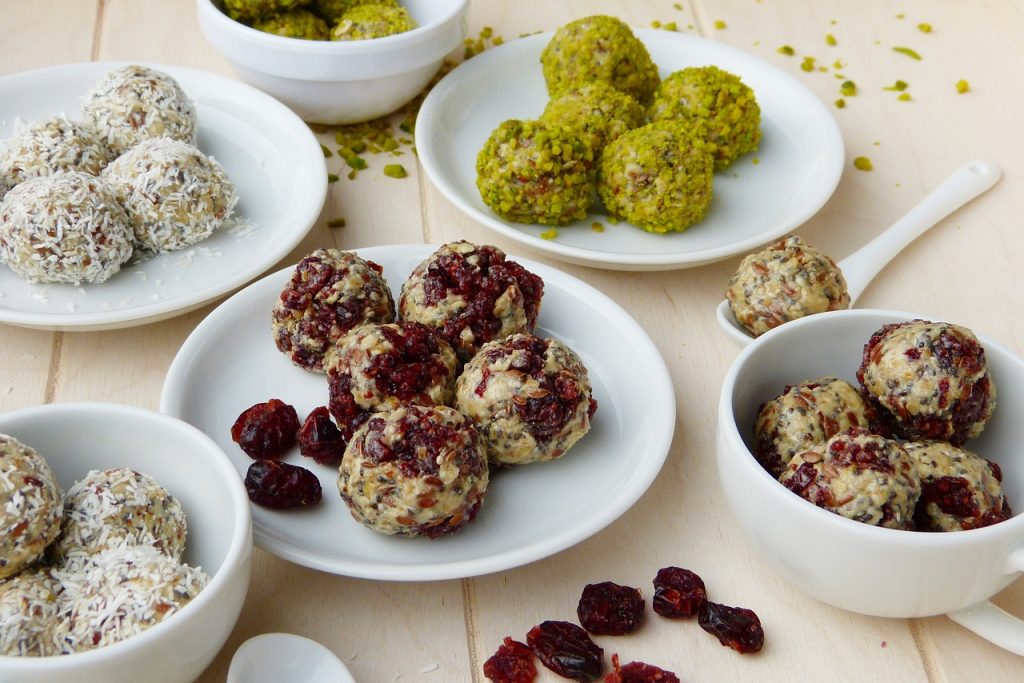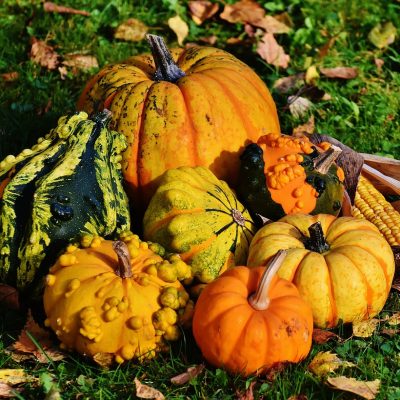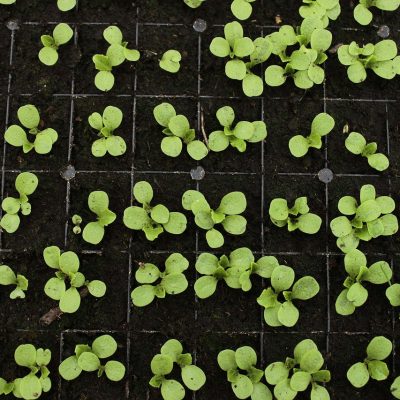What if I told you there was a simple yet powerful way to improve your health and prevent chronic diseases? The secret weapon is not a pill or a potion but a nutrient that could be found in everyday foods. That nutrient is fiber, and it’s a game-changer for your body and mind. Foods with fiber are the unsung hero of the nutrition world, providing countless health benefits that go beyond simply keeping you regular.
From reducing the risk of heart disease and stroke to aiding in weight management and promoting healthy digestion, fiber is essential to a healthy diet. But where can you find this magical substance? Luckily, there are plenty of delicious and nutritious high-fiber foods to choose from, including whole grains, fruits, vegetables, legumes, nuts, and seeds. In this article, we’ll deeply dive into the world of fiber and explore the best foods to incorporate into your diet for optimal health.
So buckle up and get ready to discover the amazing benefits of fiber!
What Is Fiber?
Fiber is an essential nutrient that is vital in maintaining good health. It is a type of carbohydrate that is not digested by the body. Instead, it passes through the digestive system, providing various health benefits, including reducing the risk of heart disease, stroke, and diabetes.
What Are The Types Of Fiber?
There are two types of fiber: soluble and insoluble. Soluble fiber & insoluble fiber.
Soluble Fiber
This type of dietary fiber that dissolves in water and forms a gel-like substance in the digestive tract. This gel-like substance slows digestion and can help regulate blood sugar levels and lower cholesterol levels. Soluble fiber is found in many foods, such as oats, barley, beans, peas, fruits, and vegetables. It can also be found in some supplements and is commonly used to help relieve constipation. Soluble fiber is important for overall digestive health and can significantly maintain a healthy diet.
Insoluble Fiber
Insoluble fiber is a type of dietary fiber that does not dissolve in water and passes through the digestive system largely intact. It is found in foods such as whole grains, wheat bran, nuts, and many vegetables. Insoluble fiber helps to promote regular bowel movements and prevent constipation by adding bulk to stool and speeding up the passage of waste through the digestive system. It also helps to promote a feeling of fullness and can assist with weight management. Insoluble fiber is an important part of a healthy diet and can provide many health benefits, including improving digestive health and reducing the risk of certain diseases.
Learn more about the advised intake of fiber that should be consumed daily by women, men, and children.
How Much Fiber Per Day?
The recommended daily fiber intake varies depending on age and gender. According to the Institute of Medicine, the recommended daily fiber intake for adults is:
- Under 50 years or younger men: 38 grams
- Men aged 51 years or older: 30 grams
- Under 50 years or younger women: 25 grams
- Women aged 51 years or older: 21 grams
It’s important to note that these are general recommendations, and individual needs may vary depending on factors such as activity level, health conditions, and overall diet.
Foods With Fiber For Kids
How To Sneak Fiber Into a Child’s Diet?
Getting kids to eat fiber-rich foods can be challenging, but here are some tips on how to sneak fiber into your child’s diet:
1. Start Small
Gradually introduce fiber-rich foods into your child’s diet, starting with small amounts and increasing as they get used to the taste and texture.
2. Use Hidden Fiber Sources
Add pureed fruits or vegetables, such as prunes or squash, to baked goods like muffins or pancakes to increase fiber content.
3. Sneak it Into Sauces
Add pureed vegetables like spinach, carrots, or zucchini to pasta sauces or casseroles to boost the fiber content without changing the taste.
4. Switch To Whole Grain
Replace refined grains like white bread and pasta with whole-grain alternatives to increase fiber intake.
5. Offer High-Fiber Snacks
Offer snacks like fruit, popcorn, or trail mix with nuts and seeds, which are all high in fiber.
6. Add Beans To Meals
Add beans, such as chickpeas or black beans, to soups, salads, or tacos to increase fiber content.
7. Encourage Water Intake
Drinking plenty of water can help promote healthy digestion and aid in the absorption of fiber. Remember to be patient and persistent when introducing new foods to your child’s diet. With time and effort, they may start to enjoy these high-fiber foods and reap the many health benefits of a fiber-rich diet.
Fiber Foods For Toddlers
Fiber is an essential nutrient for toddlers, promoting healthy digestion and bowel movements. However, getting toddlers to eat high-fiber foods can be challenging, especially if they are picky eaters. Fortunately, toddlers can enjoy many tasty and nutritious high-fiber foods.
- Fruits like bananas, apples, and pears are great sources of fiber, as are vegetables like sweet potatoes, broccoli, and carrots.
- Whole grains like oatmeal, brown rice, and whole wheat bread are also high in fiber and can be introduced in small portions.
- Snacks like popcorn, whole grain crackers, and trail mix with nuts and seeds are great options, as are beans like lentils and chickpeas, which can be added to soups, stews, and pasta dishes.
The high-fiber foods in your toddler’s diet can help them maintain a healthy and balanced diet while promoting healthy digestion and overall health.
High-Fiber Foods Chart
A high-fiber chart for individuals with constipation, obesity, and diabetes.
| Food | Serving Size | Fiber Content |
|---|---|---|
| Split peas | Cooked cup (240 ml) | 16.3 g |
| Lentils | Cooked cup (240 ml) | 15.6 g |
| Black beans | Cooked cup (240 ml) | 15 g |
| Lima beans | Cooked cup (240 ml) | 13.2 g |
| Artichokes | Cooked medium-sized artichoke (120 g) | 10.3 g |
| Peas | Cooked cup (240 ml) | 8.8 g |
| Broccoli | Cooked cup (90 g) | 5.1 g |
| Brussels sprouts | Cooked cup (90 g) | 4.1 g |
| Raspberries | Cup (120 g) | 8 g |
| Blackberries | Cup (120 g) | 7.6 g |
| Avocado | Medium-sized (150 g) | 6.7 g |
| Coconut | Cup shredded (80 g) | 7.2 g |
| Chia seeds | Ounce (28 g) | 10.6 g |
| Flaxseeds | Ounce (28 g) | 7.6 g |
| Almonds | Ounce (28 g) | 3.5 g |
| Pistachios | Ounce (28 g) | 3 g |
| Quinoa | Cooked cup (185 g) | 5.2 g |
| Oats | Cooked cup (234 g) | 4 g |
| Whole wheat pasta | Cooked cup (140 g) | 6.3 g |
| Popcorn | Cup (8 g) | 1.2 g |
Note: It is important to gradually increase fiber intake and drink plenty of water to avoid discomfort or worsening constipation, blood sugar increase, or weight gain. Additionally, it’s recommended to consult with a healthcare professional for an individualized plan.





